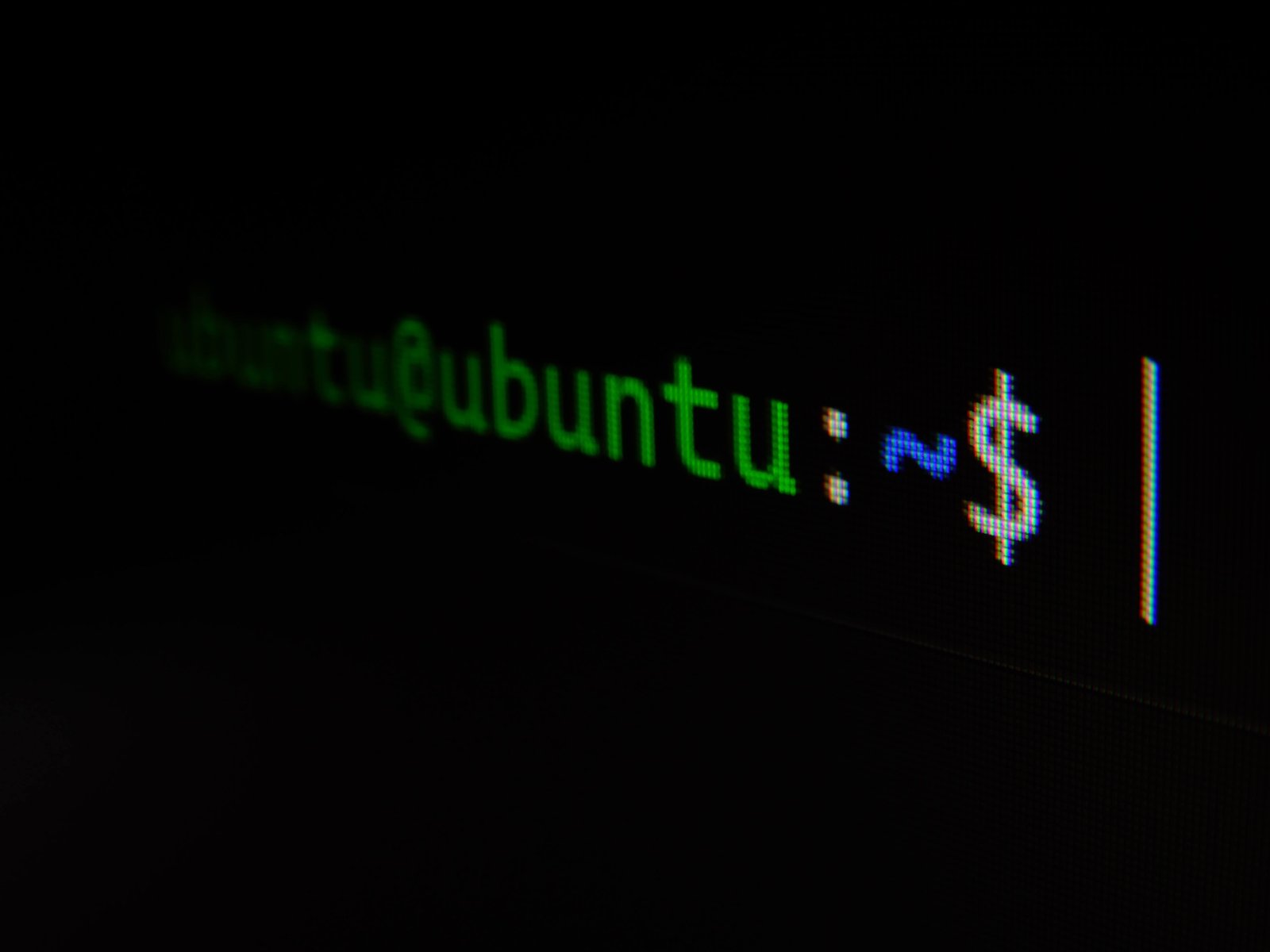
Exploring the Basics of Linux Terminal Commands
By Marcelo Vieyra, November 25th 2023 | 2 mins, 320 words
The command line interface (CLI) in Linux provides a powerful and efficient way to interact with your system. While the graphical user interface (GUI) is user-friendly, mastering some basic terminal commands can enhance your control and understanding of Linux. In this article, we'll explore a few fundamental commands to get you started.
Navigating the File System
pwd - Print Working Directory
Use this command to display the current working directory. It's a handy way to confirm your location in the file system.
pwd
ls - List
List the contents of the current directory.
ls
Add options for more details:
- -l for a long listing format.
- -a to show hidden files.
ls -l ls -a ls -la # Combine options
cd - Change Directory
Move to another directory. Use cd followed by the directory name.
cd directory_name
For example, to go up one level:
cd ..
Manipulating Files and Directories
cp - Copy
Copy files or directories.
cp source_file destination cp -r source_directory destination # Use -r for directories
mv - Move
Move or rename files and directories.
mv source destination
rm - Remove
Delete files or directories.
rm file_name rm -r directory_name # Use -r for directories
Note: Be cautious with the rm command, as it permanently deletes files.
Working with Text Files
cat - Concatenate and Display
View the content of a text file.
cat filename
nano - Text Editor
Edit text files using the nano editor.
nano filename
Press Ctrl + X to exit, and it will prompt you to save changes.
System Information
uname - System Information
Display system information.
uname -a
df - Disk Free
Check disk space usage.
df -h
Managing Processes
ps - Process Status
Display information about running processes.
ps aux
kill - Terminate a Process
Stop a running process.
kill process_id
These are just a few basic Linux terminal commands to get you started. As you become more comfortable with the command line, you can explore additional commands and their options to streamline your workflow. The terminal is a powerful tool that provides efficiency and flexibility in managing your Linux system.